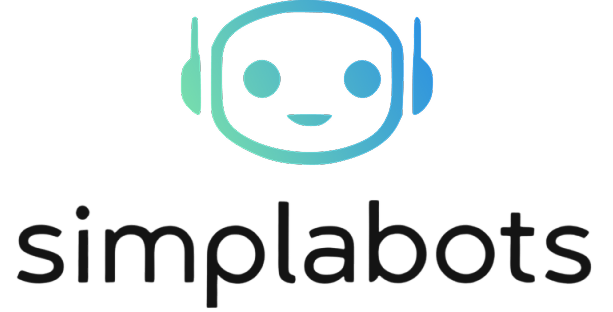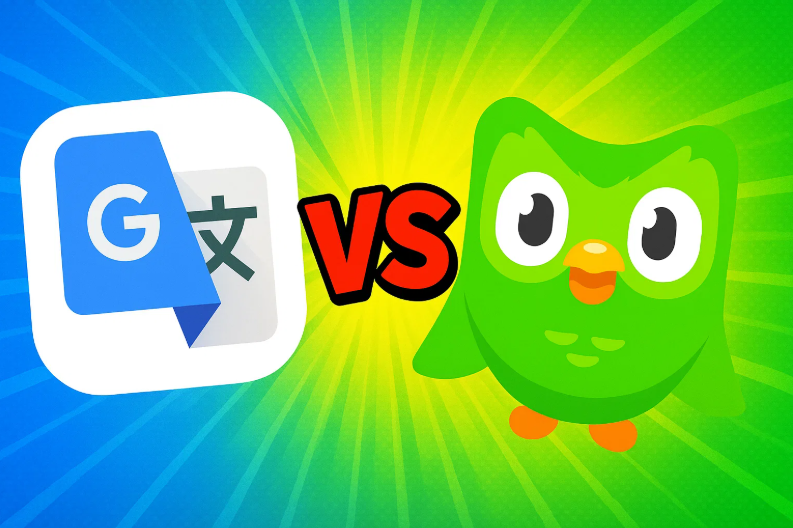Microsoft unveiled a new generative AI project that creates entire 90-minute podcasts in English or Mandarin from a text prompt. This breakthrough expands the limits of AI-generated media and signals a significant shift in content creation and human-computer interaction.
Key Takeaways
- Microsoft’s new VALL-E X model generates high-quality, long-form podcasts directly from text prompts.
- The AI can produce podcasts in both English and Mandarin, opening doors for multilingual content generation.
- Anyone can experiment with the publicly available demo, democratizing advanced AI audio synthesis.
- This advancement highlights rapid progress in text-to-audio capabilities and generative artificial intelligence.
Microsoft’s VALL-E X: Advancing Generative AI for Audio
Microsoft Research introduced VALL-E X, a deep generative model designed to synthesize natural-sounding speech, voices, and now, entire podcasts based only on text. The model, available for public trials, reflects significant strides beyond existing AI voice tools such as OpenAI’s Voice Engine or ElevenLabs’ speech synthesis.
VALL-E X can generate a 90-minute, natural-feeling podcast solely from a text prompt, in either English or Mandarin.
This open demo lets users input English or Mandarin text and instantly generate a podcast with segment transitions, diverse intonations, and coherent structure. Early testers found the output strikingly realistic and structurally logical, blurring further the line between human and artificial media.
AI Text-to-Audio: Real-World Implications for Developers and Startups
The VALL-E X milestone transforms audio content generation for developers, startups, and companies reliant on media automation:
- Rapid Prototyping: Developers building podcast platforms or virtual presenters can accelerate prototyping using instant, high-quality AI narration.
- Cost-Effective Localization: Startups can swiftly offer multilingual versions of audio content, entering global markets faster while reducing voice talent requirements.
- Enhanced Accessibility: Educational and business domains benefit from on-demand, long-form audio generation, increasing content accessibility.
- Customization and Control: With programmable control over tone, pace, and language, AI professionals can tailor audio outputs for specific audiences and contexts.
The public release of VALL-E X marks a democratization of sophisticated text-to-audio synthesis: anyone can now create professional-grade, long-form audio at scale.
Broader Industry Context and Competitive Landscape
This innovation comes amid fierce competition in generative AI for audio. Companies like ElevenLabs and Descript have made strides with high-quality voice cloning and AI narration, yet few can match the multilingual, long-duration synthesis demonstrated by Microsoft.
Recent coverage from The Verge and Tom’s Guide corroborates the demo’s quality, citing natural voice variation, nuanced delivery, and the model’s ability to organize coherent segments without human intervention. Microsoft’s model demonstrates how LLM-derived text representation and large-scale audio pretraining are reshaping creative industries.
Generative AI audio tools like VALL-E X are poised to disrupt podcasting, media production, and edtech by reducing production times and eliminating traditional bottlenecks.
Risks and Responsible Use
While VALL-E X’s open demo showcases its capabilities, responsible use remains vital. As text-to-audio LLMs become mainstream, deepfake risks, authenticity challenges, and ethical usage must remain at the forefront for AI professionals and enterprise adopters.
What Comes Next?
Microsoft’s VALL-E X is still in research demonstration, but it signals an imminent future where text-prompted podcasting and AI narration at scale are standard tools for audio creators, educators, and marketers worldwide. Developers and startups should evaluate adoption strategies, safety guidelines, and business use cases as generative AI for audio moves rapidly from novelty to necessity.
Source: Windows Central











